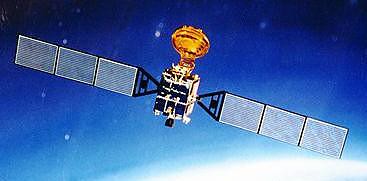In between this met up with a PhD student we are sponsoring and chatted to various staff about research opportunities. Decided that I fancy visiting South Tyneside College to use their simulator but I'm sure it'll never happen.
It always lovely returning to my old haunt of Newcastle. Just as well as I usually spend extra hours at the airport biding time waiting for my delayed flight (they even cancelled one once). So sat with the Chair of the Geomatics Faculty and tried to put the geo community world to right. I'm sure we didn't!





